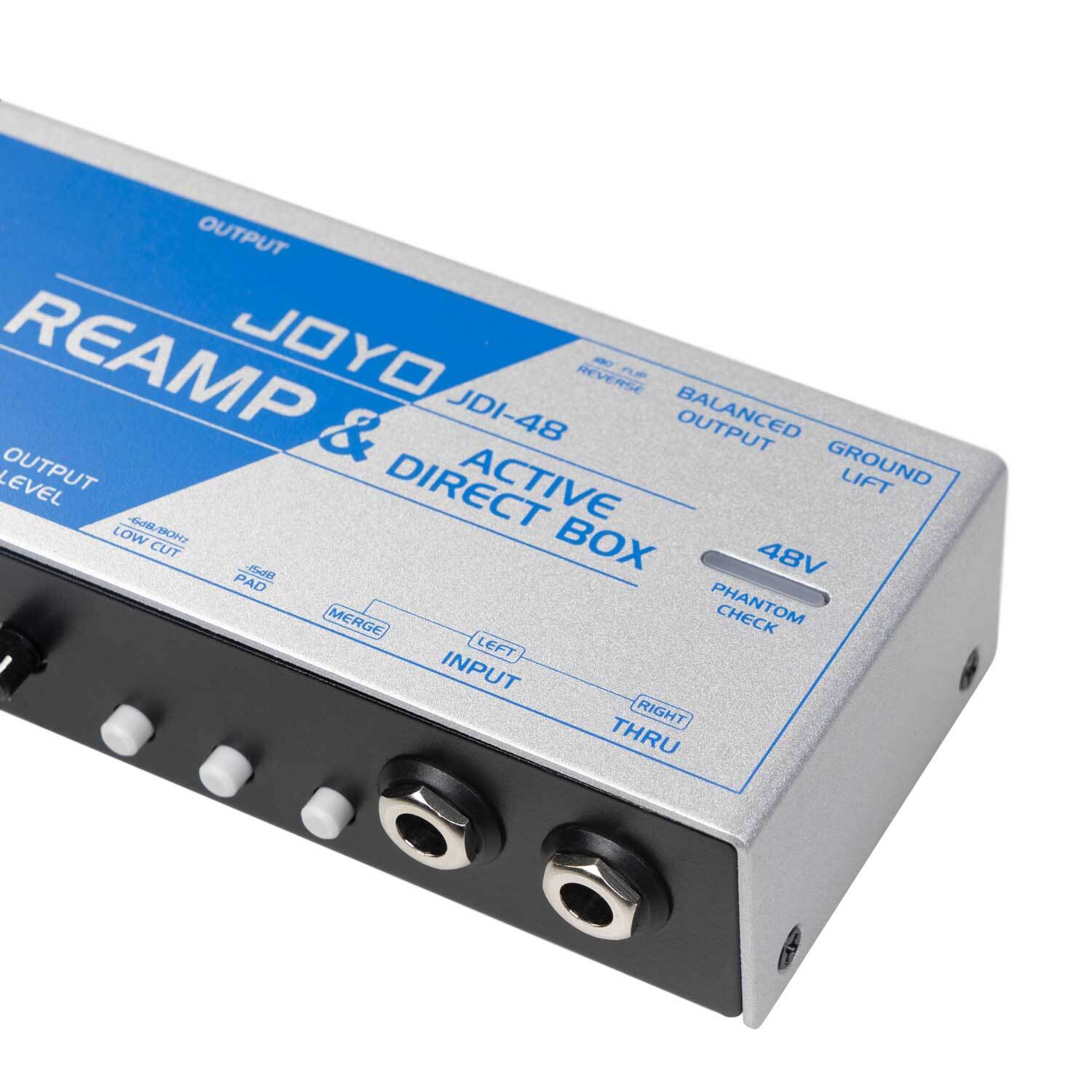

Passive DI Boxes Don’t Need External Powerīy far, the biggest benefit of passive DI boxes is that they just work. Let’s first talk about the advantages that passive DI boxes have compared to active boxes. They have a few upsides and drawbacks that you should be aware of before buying one. They convert your high impedance output into a low impedance one using the bare minimum of components needed.Ī great passive direct box from Radial Engineering. Passive DI boxes are very simple devices. It’ll work even if you keep your instrument in active mode, but it’s best to use it in passive mode if you can. That’s why active DI boxes exist.īut you can use most active instruments with both active and passive DI boxes. You can’t convert a passive source into an active one. Turn the knob to passive or take the batteries out – it becomes a passive source. If there’s a battery and you turn the knob to active, you have an active source. The example I always use to explain the difference is guitars with active pickups. Most electric instruments are considered passive sources. A passive source doesn’t have any external power. There’s a small amplifier in the instrument that boosts the signal to make it louder and clearer. What’s the Difference Between an Active and a Passive Source?Īn active source is powered using a power cord or batteries. Radial Engineering PZ-DI Acoustic Direct Box, available on, can simulate a tube amp sound, it’s phantom-powered, and there’s a low-cut filter. But it’s best to use a DI box made specifically for them because of their unique nature. You still need an active DI box for piezo pickups. They pick up both the vibrations from your strings and the guitar body. When it comes to acoustic guitars, piezoelectric pickups deserve a special mention. Note that recording even with the wrong DI box for your instrument is still miles ahead of recording it with a microphone. If your guitar has an active/passive pickup, switch it into the passive mode or take the batteries out. You can remedy this by turning the volume down on both the DI box and your instrument. This, in turn, causes clipping.Ĭlipping is when the soundwave gets cut on top, which causes high-frequency loss. However, the signal becomes too powerful if you turn the volume knob on your guitar up and the gain on the DI box. And you usually won’t have problems with this setup.

Your signal will be amplified twice before it gets to your sound system. But what if you use an active DI box with a guitar that has active pickups? That’s because passive DI boxes need the power from an active instrument to push the signal. You can’t use a 100 ft (30.48 m) cable with two passive components and expect it to sound good. Most notably, you lose some of that all-important treble.įurthermore, the signal range will be severely limited. The voltage will drop, and the tone will change considerably. The only problem is that this high-impedance instrument won’t have a lot of power. In fact, you could use a passive DI box with a guitar that has passive pickups. Use a passive DI box with a guitar that has passive pickups? However, there are situations where active and passive boxes are interchangeable. You can follow it and expect great results. What I just described is a very good rule of thumb. You need a passive DI box if your instrument has an active power source from a battery or power cord. Most basses and electric guitars require active DI boxes. You need an active DI box for instruments that don’t have an active power source.


 0 kommentar(er)
0 kommentar(er)
